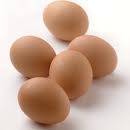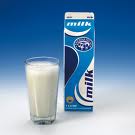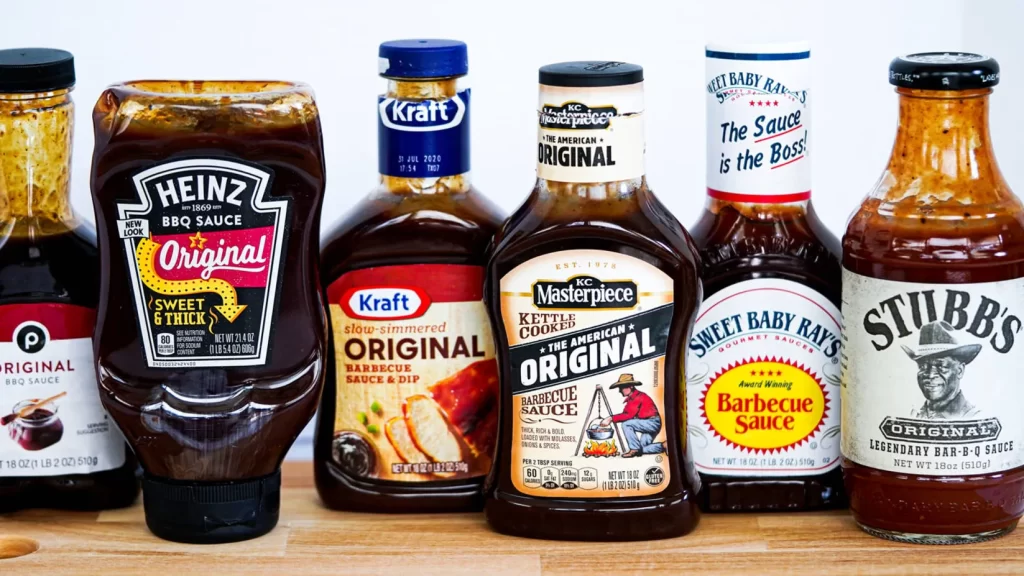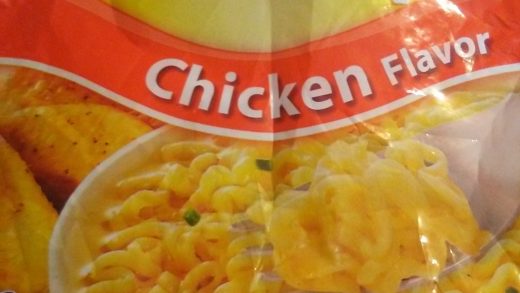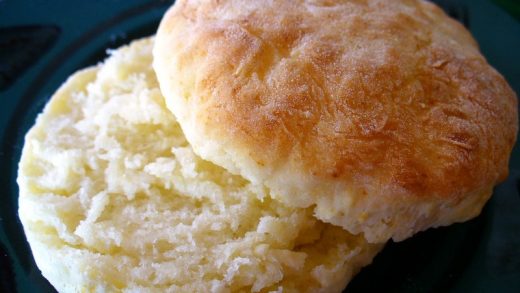Having a well-stocked pantry means you can make almost any kind of meal at a moment’s notice. Your refrigerator is part of your pantry. While many of the items you need in this pantry are perishable, they are something to have on your grocery list just about every week. These cold stuffs are all pantry items that will need replenishment whether you use them or not. None of these items will keep without spoiling for more than a couple of weeks up to a few months, depending on what it is.
Eggs Are Inexpensive, Versatile Protein
Don’t shy away from this food just because you’ve heard it’s high in fat and cholesterol. While that is true, if you don’t eat them every day, the nutritional value outweighs the bad. Get farm fresh eggs at a farmers market if you can. Yes, you will pay more, but it is well worth it. There has been some study that says there’s no taste difference, but I disagree. Learn to compute the cost difference between the different-sized eggs. If the difference is the same, then it doesn’t matter which size you pick. If there is a difference, take the smaller size of the biggest difference. In other words, if there are 10 cents between medium and large but 14 cents between large and extra large, the large eggs are the best value. Eggs should be allowed to come to room temperature before use if possible. If you’re in a hurry, you can put the eggs you’re going to use in a bowl of warm water for a few minutes.
Milk Is Always Processed For Your Safety
Unless you’re getting raw milk from a farmer, what type or brand of milk you buy matters very little. Organic milk might be available in your area which might have a better taste but undoubtedly will cost more. All milk and dairy products in your supermarket are processed. This is due to federal laws and regulations that all dairies have to follow. So buy the cheapest you can get. Milk is picked up and transported in large tanker trucks like what’s used to deliver gasoline. It is then dumped into large holding tanks and pasteurized. There are two kinds of pasteurization. One heats the milk more slowly and to a lower temperature, thus preserving at least a little of the milk’s natural flavor. The other method, used most often today, is called ultra pasteurization. The milk is brought to a very high temperature for just a few seconds before being rapidly chilled to just below 40F. Either way, the milk is then separated, the cream and fat removed, and what’s left is skim milk. Some of that cream and fat will go to make butter, other portions will be put back into the milk in a controlled way to create whole, 1% and 2% varieties. Some milk will be redirected to make yogurt, sour cream, cream cheese, cottage cheese and other dairy products. Most of it will go to packaging. The fat difference between whole milk, which is 3% milkfat, and 2% is pretty small. However, between whole milk and skim, the difference is significant. All milk these days is homogenized, which means it is stirred until the cream (fat) dissolves into the rest of the milk.
Nothing Tastes Quite Like Real Butter
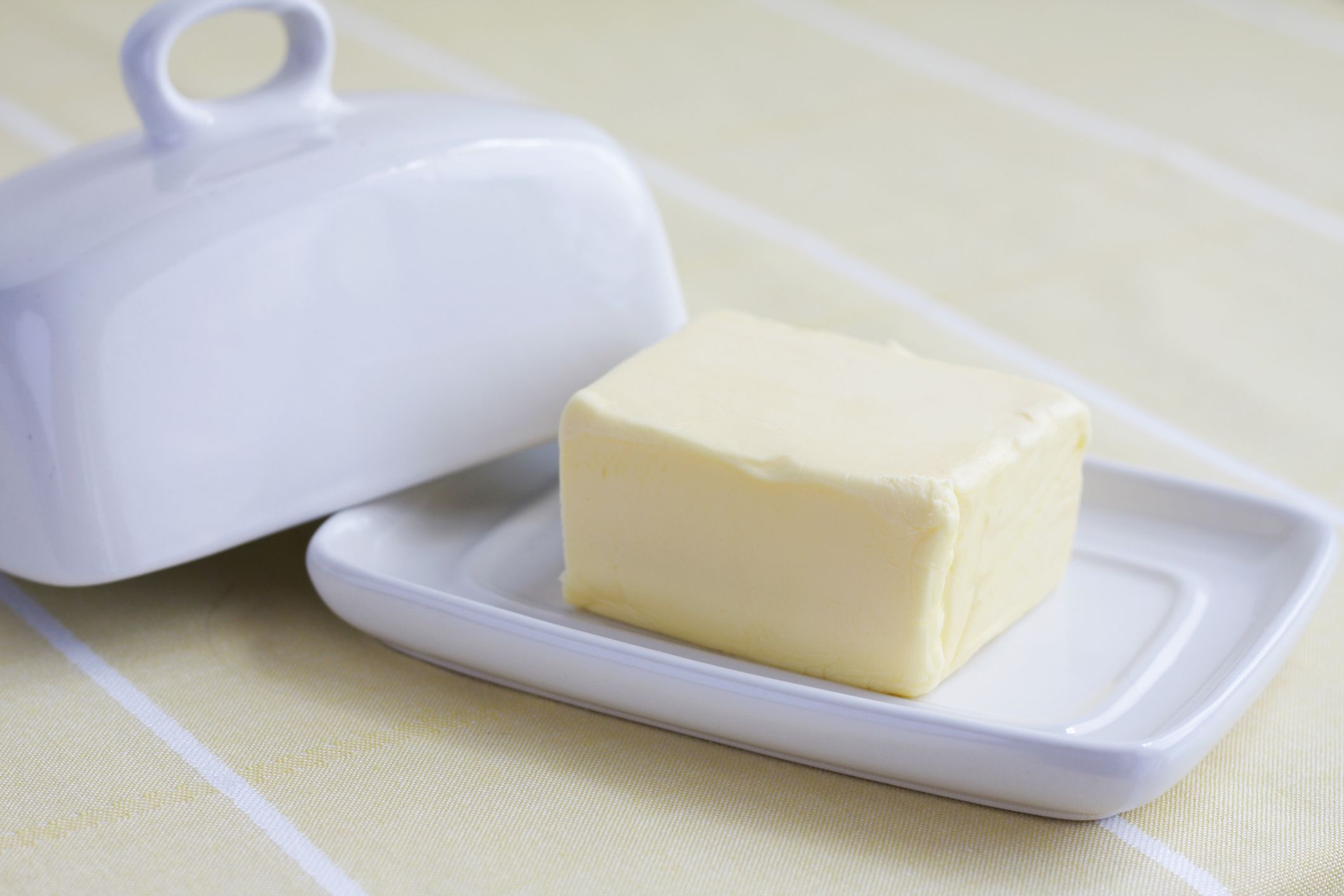
Don’t be afraid to use real butter. There is nothing else to match that wonderful flavor. I don’t care what they say, no margarine or spread can even come close to the taste of real butter. Yes, I know butter has a lot of saturated fat and cholesterol, but if you use it judiciously and with a little thought, you can make it no worse than margarine or other products. I avoid using butter in cooking if I can. Usually extra virgin or regular olive oil can substitute well. If it’s going to stand on it’s own, like on bread with no additions, go ahead and use the real thing. You’ll want to buy a butter dish for it. Keeping butter covered allows it to last unrefrigerated for up to a week. It’s the air that makes it go bad or rancid, not the temperature. If your home is warm, like in the summer months, put the butter in the fridge when not using it. Take it out a couple of hours before you need it so it can soften up. Whipped butter is not a value since it’s still not as spreadable as whipped margarine, which is very bad for you due to the presence of trans fats. Besides, butter is all-natural, so it can’t be as bad for you as a tub of chemicals.
Skip The Green Canister, Go For Real Parmesan Cheese
This is a hard, sharp, dry Italian cheese made from skim cow’s milk. It is straw-colored and has a rich flavor. It should be aged 12 to 16 months. It is made all over, but the best comes from Italy’s Parmigiano-Reggiano, which is often aged 2 years. Get the real thing, a wedge, if you can. It costs a bit, but it should last for a while. You’ll need a grater, too. Don’t get the little block inside a plastic grater bottle, it breaks. Also, stay away from the powder-like stuff, too, if you can. You can get it already grated or shredded, I find that works best for me. This can spice up lots of dishes, not just Italian food.
Condiments Belong In There After Being Opened
While many condiments don’t say they need to be refrigerated on the label, putting them in the fridge is always a good idea. How important this is depends a lot on the type of sauce and how frequently it is used. Condiments that are high in acid, like ketchup and hot sauce, can stay out on the counter for several hours with no harm done. Condiments with dairy or eggs, like mayonnaise, can only stay out of refrigeration for about two hours before it starts to go bad. But for overnight storage, it’s best to keep them in the refrigerator. High-sugar items, like honey, don’t really like a colder temperature unless they contain pectin, a natural substance in fruit, like jelly or preserves.
With these handy ingredients in your fridge, you are ready to make a wide array of dishes to go with your fresh meat, dairy, fruits, and vegetables.

